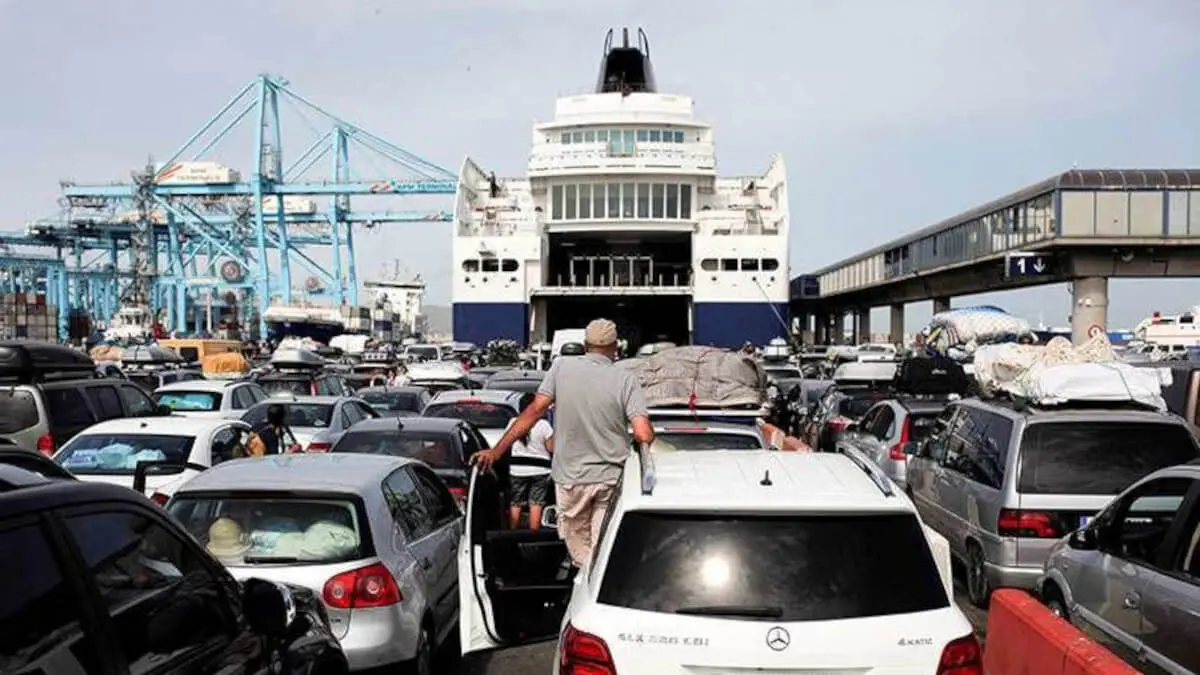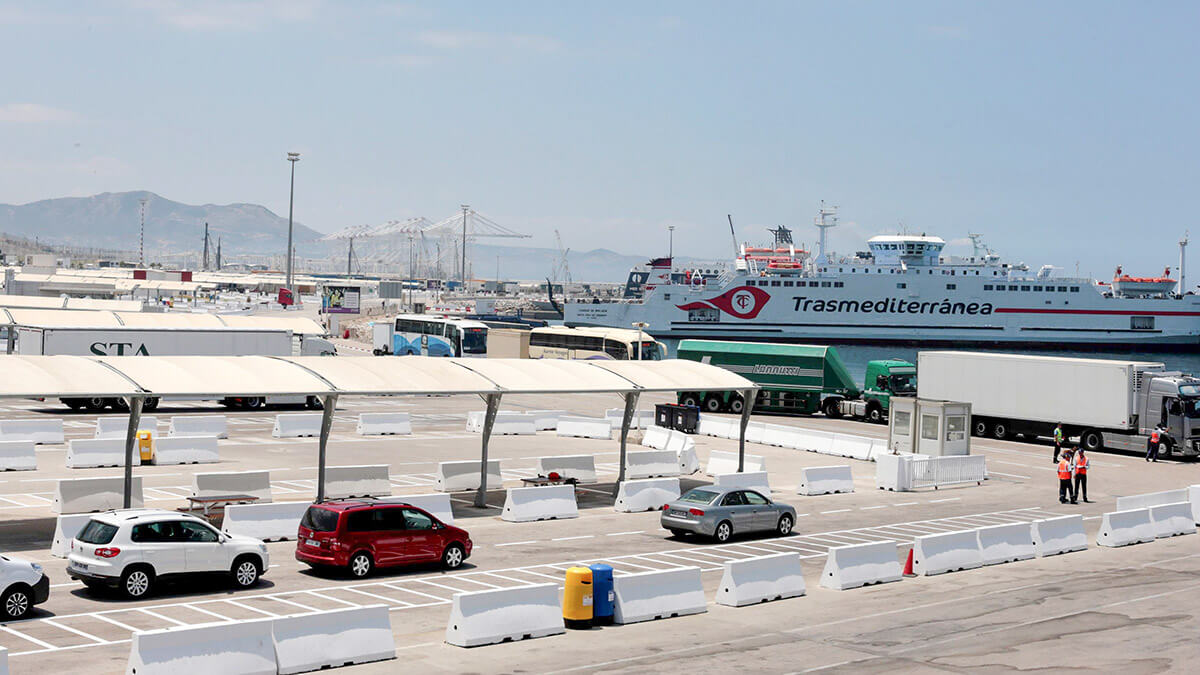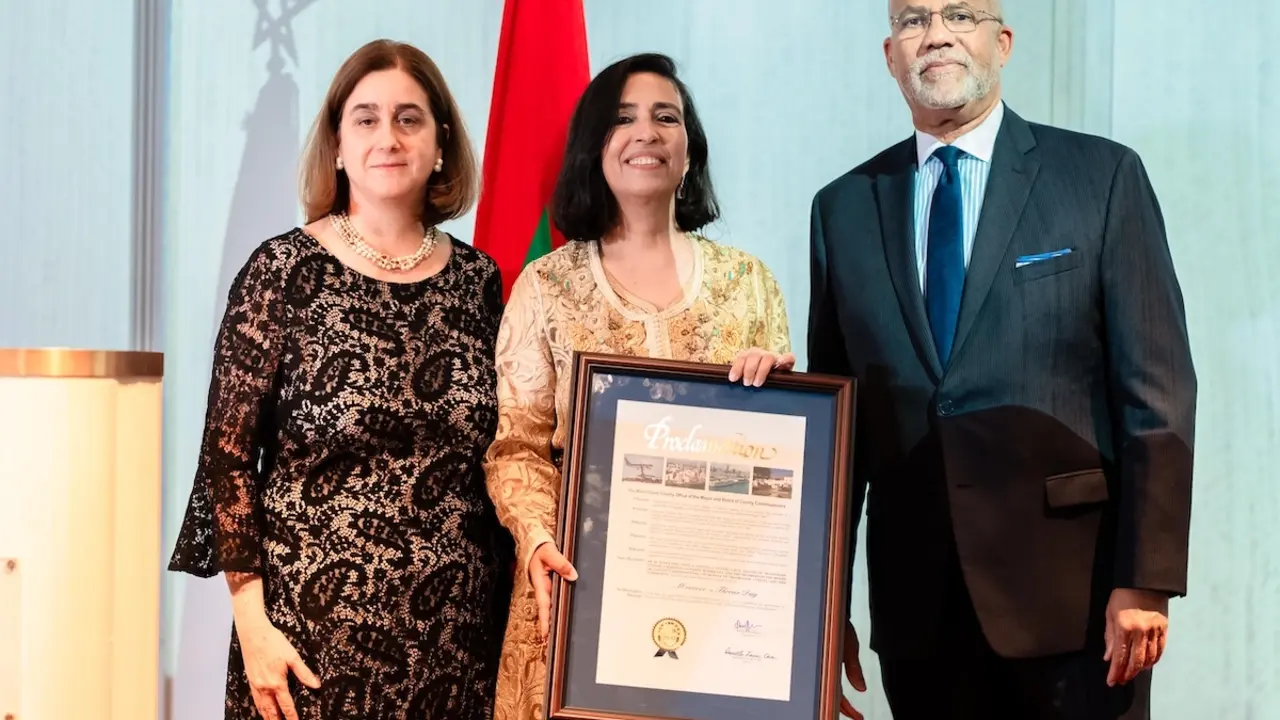Nearly 2 million passengers arrive in Moroccan ports in Marhaba 2024

The summer season in Morocco has started with a bang, and the Moroccan ports are experiencing a moment of great activity.
According to data compiled by the Ministry of Transport and Logistics, more than 1.3 million travellers have arrived in Moroccan ports in just two months, representing an increase of 16.5% on the same period last year (9.6% in vehicles and 6.9% in passengers). This figure is a clear indicator of Morocco's popularity as a tourist destination, and Moroccan ports are working at full capacity to meet the demand of travellers.
Travellers arriving in Morocco come especially from Europe, where the summer season is a time of high demand for travel.
Moroccan ports are well prepared to meet this demand, with modern facilities and trained staff to ensure the safety and well-being of travellers. They are also connected to the country's main tourist destinations, providing easy access to Morocco's most emblematic sites.

Last week, Moroccan port facilities experienced a significant increase in traffic entering the country, with more than 80,000 passengers and 20,000 cars arriving on 3 and 4 August. This has led the services of the Ministry of Transport and Logistics to mobilise all necessary resources to ensure a safe and efficient flow of travellers.
To this end, the Ministry has mobilised sufficient transport capacity to meet the needs of Moroccans coming from abroad and has diversified shipping lines to offer travellers several options. In addition, the Ministry is working to ensure the quality of the services offered on board the vessels and controlling the prices of crossings to ensure that travellers have a safe and comfortable experience.

As for the return phase, the Ministry asks all travellers wishing to return to their countries of residence to book their travel tickets in advance with confirmed travel date and time for all shipping lines. This includes the Tangier Med - Algeciras and Tangier Ville - Tarifa lines, which are some of the most popular with travellers.
The headquarters of the Directorate General of Civil Protection and Emergencies, in Madrid, were attended by the Undersecretary of the Interior, Susana Crisóstomo, and the Director General of Civil Protection and Emergencies, Virginia Barcones. In addition, the subdelegates and subdelegates and the heads of the Civil Protection Units of the provinces where the different ports of embarkation are located also participated via videoconference: Almería, Granada, Málaga, Cádiz, Alicante, Valencia, Ceuta, and Melilla.

The aim of the meeting was to discuss and plan strategies to guarantee the safety and efficiency of the evacuation of people and goods at the ports of embarkation.
In it, the Ministry of the Interior highlighted: ‘We are at record figures that make us foresee that on 15 September, when we put an end to the operation, we will be facing the OPE with the highest number of embarkations in its 35-year history’.











